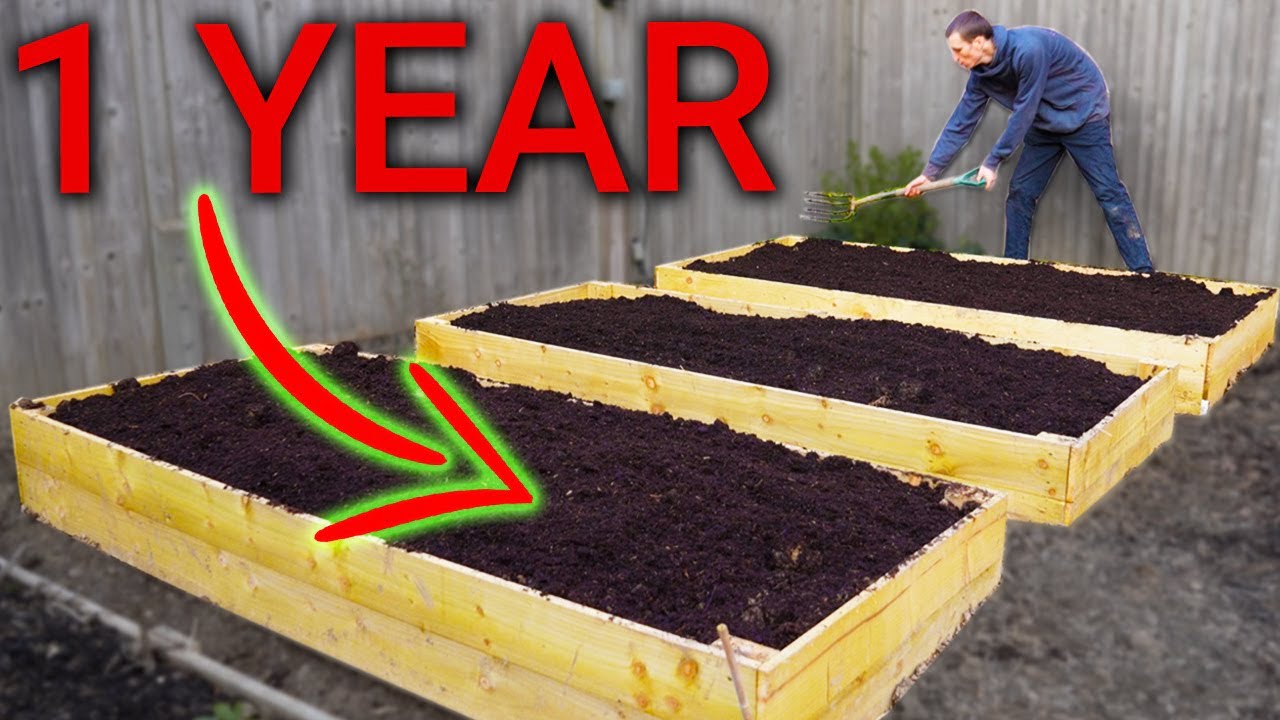Growing food at home can be a great way to increase self-reliance and take control of your food supply. There are many benefits to growing your own food, including:
- Freshness: Homegrown fruits and vegetables are often fresher and more flavorful than store-bought produce. When you grow your own food, you can pick it at the peak of ripeness, ensuring that it is as flavorful and nutritious as possible.
- Cost savings: Growing your own food can save you money in the long run. You can often grow a wide variety of fruits and vegetables for less than it would cost to buy them at the store. Plus, you don’t have to worry about the rising cost of food, since your food supply is not dependent on the market.
- Environmental benefits: Growing your own food can be a more sustainable and environmentally friendly option. By not relying on commercial farming methods, you can reduce your carbon footprint and support local ecosystems. Plus, you can reduce your use of plastic packaging and other disposable materials.
- Health benefits: Homegrown fruits and vegetables are often more nutritious than store-bought produce. You can control the amount of pesticides and chemicals used on your food, so you can be sure that it’s as healthy as possible. Plus, you can grow a variety of fruits and vegetables that may not be available at your local grocery store.
- Sense of accomplishment: There is a sense of accomplishment in growing your own food and being self-reliant. It can be a great way to connect with nature and learn about the process of growing food. Plus, it can be a fun and rewarding hobby for the whole family.
There are many different ways to grow food at home, from backyard gardening to indoor hydroponics. No matter which method you choose, growing your own food can be a great way to increase self-reliance and take control of your food supply.
Here are a few different ways to grow food at home:
- Backyard gardening: This is one of the most traditional and popular ways to grow food at home. You can create a small vegetable garden in your backyard, on a patio or balcony. You can use raised beds, containers or traditional in-ground gardens. One of the benefits of backyard gardening is that it can be done on any scale, from a few pots on a windowsill to a large plot in a backyard.
- Indoor hydroponics: Hydroponics is a method of growing plants in a nutrient-rich solution, rather than in soil. This method can be used to grow a wide variety of fruits and vegetables indoors, including lettuce, tomatoes, and herbs. Hydroponics can be done using a variety of methods, including deep water culture, nutrient film technique, and ebb and flow systems.
- Greenhouses: A greenhouse is a building that is used to grow plants in a controlled environment. Greenhouses can be used to extend the growing season, protect plants from pests and disease, and grow plants that are not native to your area. Greenhouses can be used to grow a wide variety of fruits and vegetables, including tomatoes, cucumbers, and peppers.
- Vertical gardening: This is a method of growing plants in a vertical space, such as a wall or a tower. This method can be used to grow a wide variety of fruits and vegetables, including strawberries, tomatoes, and herbs. Vertical gardening can be done using a variety of methods, including hanging baskets, shelves, and trellises.
- Community gardens: Community gardens are plots of land that are shared and tended by a group of people. Community gardens can be a great way to grow food and connect with others who have similar interests. They can be found in a variety of settings, including schools, parks, and community centers.
No matter which method you choose, growing your own food can be a great way to increase self-reliance and take control of your food supply. Each method has its own set of benefits and challenges, so it’s important to consider your individual needs and resources before starting.





Leave a Reply